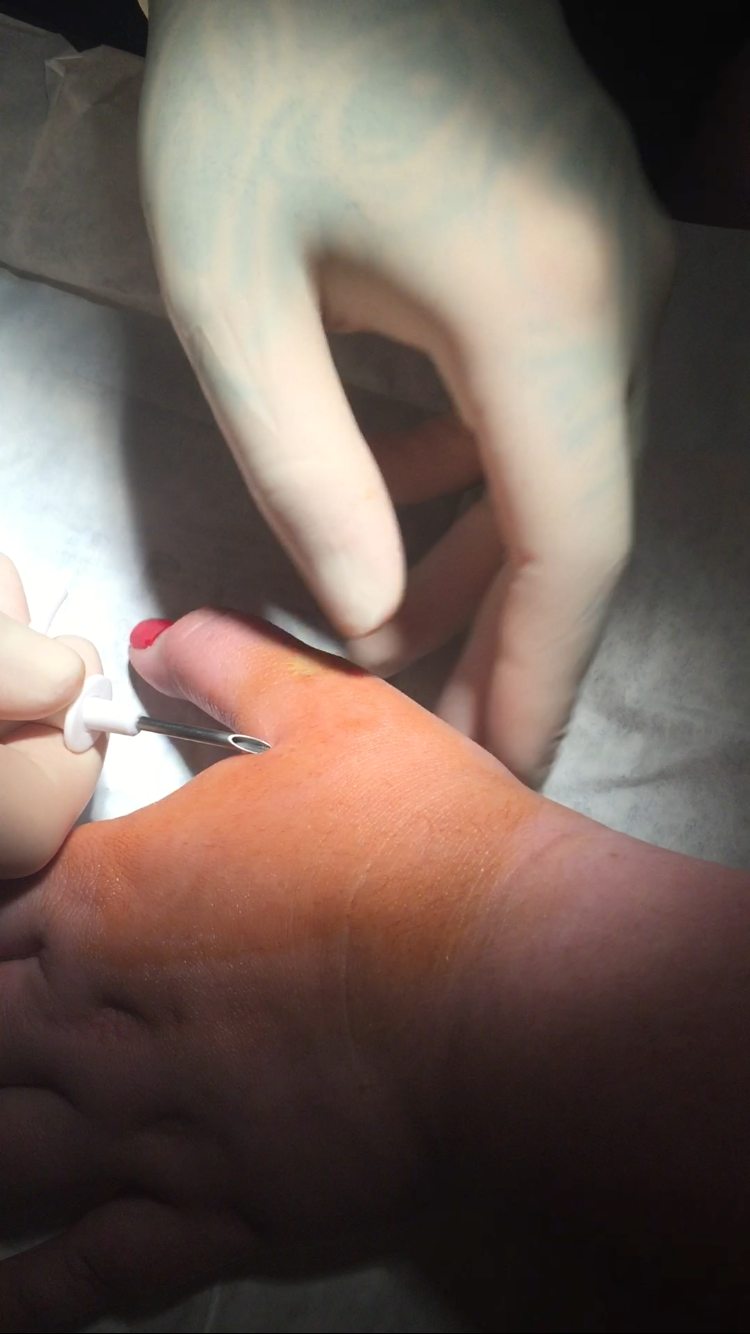Yesterday ABC AM, Australia, picked up the story of Epicenter offering microchip insertables to their staff for office access*, and many similar stories are following suit, giving microchips yet another spin around the news cycle as happens every few months. People overreact. They forget. The story dies until the next reporter stumbles across it.
This time, reporter Nick Grimm made the comment “certainly the technology could mean trading off an amount of a person’s privacy in exchange for the convenience it offers” before cutting to Ben Libberton from the Swedish thinktank and research organisation the Karolinska Institute, who said:
“Conceptually you could get data about your health, you could [get] data about your whereabouts, how often you’re working, how long you’re working, if you’re taking toilet breaks and things like that. All of that data could conceivably be collected. So then the questions is: What happens to it afterwards? What is it used for? Who is going to be using it? Who is going to be seeing it?”
Conceptually, yes — sure we could in the future. Conceptually, we could terraform Mars. This ill-informed, sci-fi and Hollywood inspired, commentary is what keeps this technology immature and the public fearful. It’s why, several hours later, news.com.au published a piece with the demonstrably false tag line:
“Some workers have been implanted with microchips that allow the companies that employ them to track their every move.”
Let’s look at the real facts:
- The current implants that the Epicenter staff have are no different from the dongles or ID tags many employees already wear around their necks or on their belts.
- In fact, the worn tags are much more powerful as they are larger in size, thus have a much bigger antenna. The larger antennas can be picked up further away from readers.
- These tags are passive, they have no power. They only gain power when they are placed in front of the readers. The read range is so short that, in most cases, your hand physically has to be touching the reader to be read.
- The chips have no GPS or tracking capabilities.
No health, or any, data captured. No tracking of your whereabouts. Not possible with current technology. Even if we did eventually break the technological barriers, existing chips would never be able to do this — you’d have to get a new chip.
Tracking how long you are working and toilet breaks? Sure, feasible if you have to scan your pass in and out of the bathroom, the same as all the employees with wearable RFID tags.
I guess “Consenting adults receive microchips with zero tracking & monitoring capabilities, and less power than the access card you currently have” just doesn’t induce the same click-bait hysteria-inducing ring to it.
*http://www.abc.net.au/news/2017-04-03/swedish-employees-agree-to-microchip-implants/8410018

